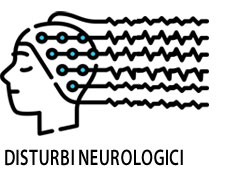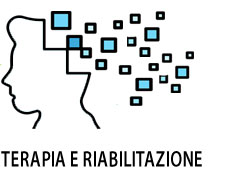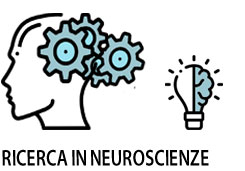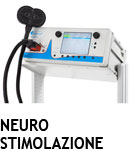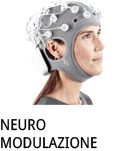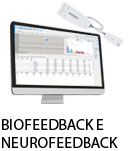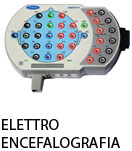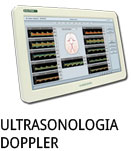- +39 011 5821948
- info@geasoluzioni.it
- Lun - Ven 8:00 - 17:00
Pubblicazioni
Transcranial direct current stimulation for the treatment of tinnitus: a review of clinical trials and mechanisms of action.
- Abstract:
- BACKGROUND: Tinnitus is the perception of sound in the absence of any external acoustic stimulation. Transcranial direct current stimulation (tDCS) has shown promising though heterogeneous therapeutic outcomes for tinnitus. The present study aims to review the recent advances in applications of tDCS for tinnitus treatment. In addition, the clinical efficacy and main mechanisms of action of tDCS on suppressing tinnitus are discussed. METHODS: The study was performed in accordance with the PRISMA guidelines. The databases of the PubMed (1980-2018), Embase (1980-2018), PsycINFO (1850-2018), CINAHL, Web of Science, BIOSIS Previews (1990-2018), Cambridge Scientific Abstracts (1990-2018), and google scholar (1980-2018) using the set search terms. The date of the most recent search was 20 May, 2018. The randomized controlled trials that have assessed at least one therapeutic outcome measured before and after tDCS intervention were included in the final analysis. RESULTS: Different tDCS protocols were used for tinnitus ranging single to repeated sessions (up to 10) consisting of daily single session of 15 to 20-min and current intensities ranging 1-2 mA. Dorsolateral prefrontal cortex (DLPFC) and auditory cortex are the main targets of stimulation. Both single and repeated sessions showed moderate to significant treatment effects on tinnitus symptoms. In addition to improvements in tinnitus symptoms, the tDCS interventions particularly bifrontal DLPFC showed beneficial outcomes on depression and anxiety comorbid with tinnitus. Heterogeneities in the type of tinnitus, tDCS devices, protocols, and site of stimulation made the systematic reviews of the literature difficult. However, the current evidence shows that tDCS can be developed as an adjunct or complementary treatment for intractable tinnitus. TDCS may be a safe and cost-effective treatment for tinnitus in the short-term application. CONCLUSIONS: The current literature shows moderate to significant therapeutic efficacy of tDCS on tinnitus symptoms. Further randomized placebo-controlled double-blind trials with large sample sizes are needed to reach a definitive conclusion on the efficacy of tDCS for tinnitus. Future studies should further focus on developing efficient disease- and patient-specific protocols.
- Patologie/Applicazioni:
- Anno:
- 2018
- Tipo di pubblicazione:
- Articolo
- Parola chiave:
- stimolazione elettrica transcranica; tinnitus; efficacia clinica
- Testata scientifica:
- BMC Neuroscience
- Nota:
- Revisione sui recenti sviluppi dell'applicazione della tDCS nel trattamento del tinnitus. Rispetto all'area temporo-parietale (TA) e la corteccia uditiva (AD), molti studi definiscono la dorsolaterale prefrontale (DLPFC) come area d'elezione per il trattamento del tinnitus. Per dimostrarne l'efficacia, sono necessarie più sedute di stimolazione. In questi studi il numero di sessioni totali varia da tre a dieci sessioni (una sessione al giorno) è l'intensità corrente varia da 1 a 2 mA e ogni sessione dura da 15 a 30 minuti. Il montaggio più frequente è quello bifrontale. Un'altra linea di studi si è concentrata sulle combinazioni della tDCS con altre modalità di trattamento comprese le modalità farmacologiche e non farmacologiche. Si conclude affermando che la tDCS ha esiti promettenti nel trattamento dell'acufene. La tDCS ha mostrato effetti benefici su diversi disturbi cognitivi correlati con l'acufene tra cui ansia e depressione. Finora non esiste un protocollo tDCS standard per il trattamento dell'acufene per applicazioni cliniche.
- DOI:
- 10.1186/s12868-018-0467-3
La nostra storia
GEA soluzioni si affaccia nel 2013 al mercato della strumentazione medicale di alto livello tecnologico ma la sua storia parte da più lontano, clicca qui per approfondire.
GEA SOLUZIONI SRL
via Spalato 72/A, Torino
Tel.: 011 5821948 / 011 4463853
Fax: 011 0433281
Email: info @ geasoluzioni.it
P. IVA IT11696920013
REA TO1233648

